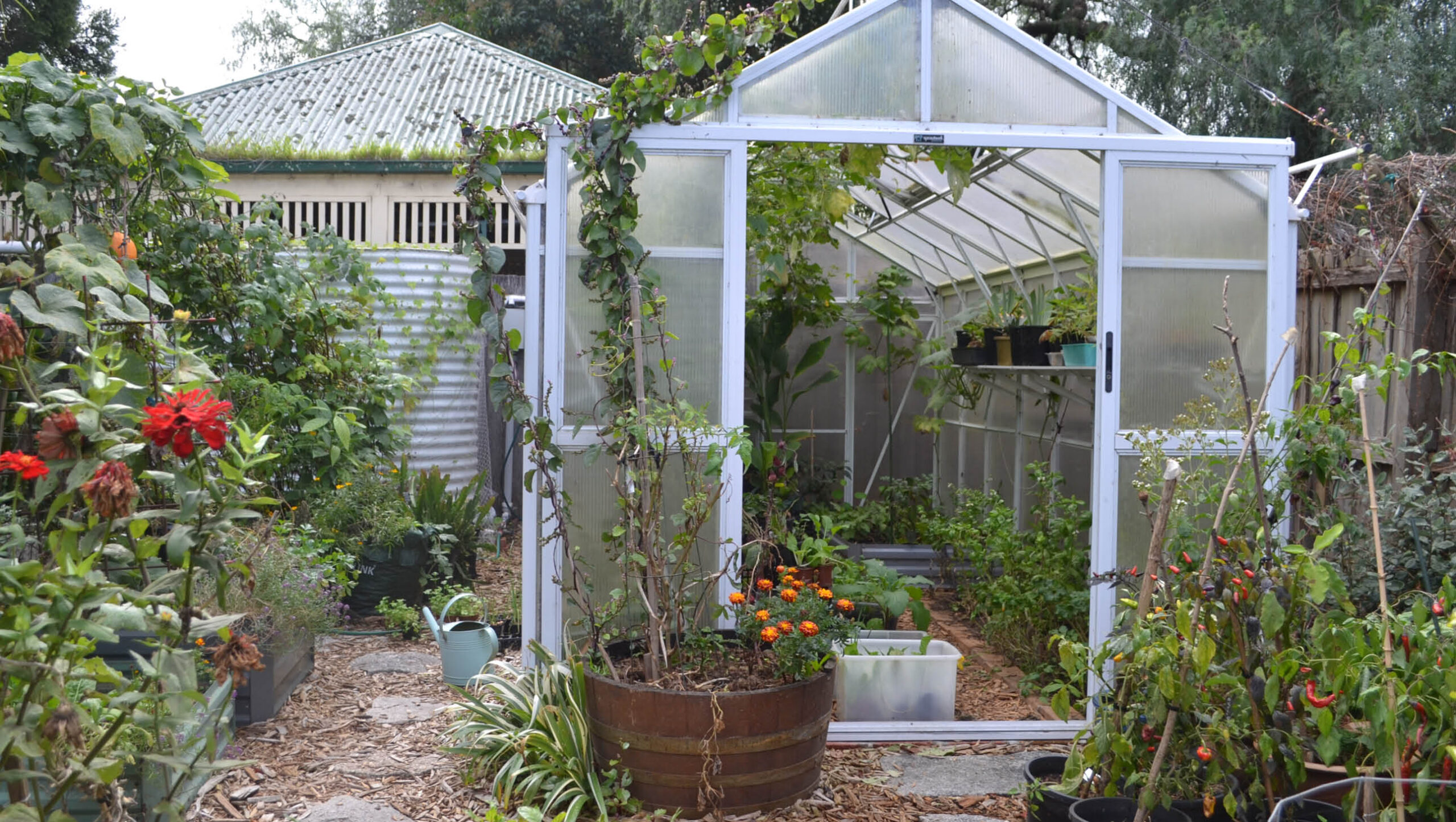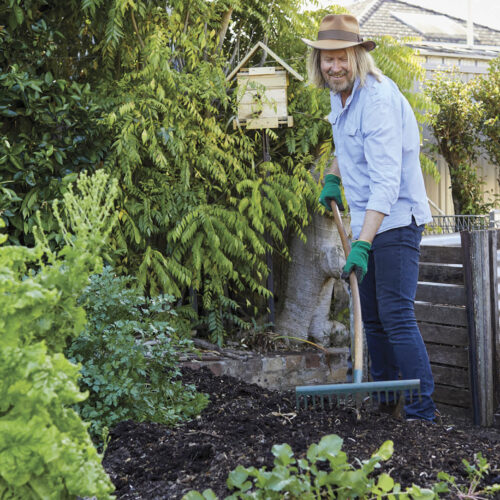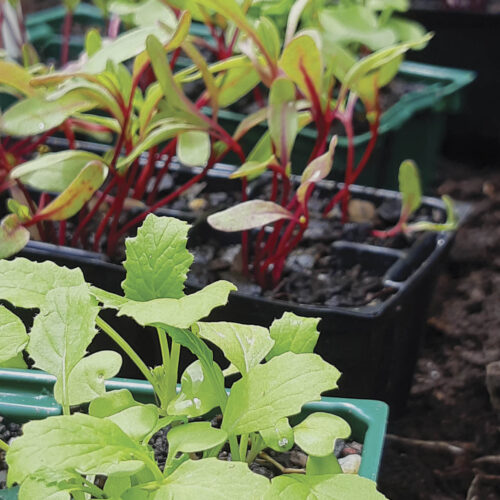Managing your greenhouse microclimate
2022-06-22T04:45:40+10:00
Adding a greenhouse to your garden can take your food growing to another level, writes Jian Liu.
A greenhouse provides a protective barrier between your plants and the outside environment – it also gives you more control over the environment needed for starting seeds and growing a wider variety of plants. Here’s Jian Liu’s tips for controlling the climate within your greenhouse:
Ventilation
One of the most common mistakes made by new growers is to keep their greenhouses closed, only to see their plants overtaken by fungal diseases. Having good airflow year-round is the key to a healthy greenhouse. If you notice condensation dripping from your greenhouse walls, this tells you the humidity is too high. It is essential to have good ventilation, such as wall and ceiling vents or louvres, and to ensure you open them in your greenhouse most days, even in winter. Having air flow through the greenhouse (but not too much) helps to build stronger plants, and some growers will even use a fan to increase air flow.
Location
While you can easily create shade in summer when you need it, it’s much harder to add light where you don’t have it. This means the best spot for your greenhouse to maximise light is in full-sun along a north-south axis. Avoid fences or tall trees that cast shade. If there is not enough winter light, your seedlings may become skinny and leggy. If site options are limited to low-light spots, you can install special grow lights.
Watering
As the greenhouse is fully enclosed, your plants are entirely reliant on you for watering. Installing a watering system, such as drip irrigation, can save time and effort. Our greenhouse has gutters that allow us to collect rainwater, which we feed into our water tank then circulate back into the greenhouse via soaker hoses.
Temperature
In cooler seasons, the aim is to keep your greenhouse warm. In winter, you should close vents before sunset to maintain warmer overnight temperatures. Adding thermal mass to your greenhouse can also increase internal temperatures. Using bricks or concrete pavers to edge your greenhouse beds will soak up warmth during the day and gradually release it at night. You could also build a hot compost in your greenhouse to create a natural source of heating. Some growers use heaters in their greenhouse, but are only sustainable if powered with solar energy.
In summer, you have the opposite problem where an enclosed greenhouse can quickly become an oven. Opening vents and doors is essential for lowering temperatures (an auto-vent opener makes life easier), as well as using shade cloth on scorching hot days.
The shade cloth we purchased with our greenhouse is made from a woven aluminium fibre and is highly effective at reflecting light. It provides around 50 per cent additional shade and dramatically lowers the summer temperatures in our greenhouse.
We love growing a living vine (such as hyacinth bean, bitter melon or ceylon spinach) on the western walls of our greenhouse to provide additional natural shade over summer. A misting system helps to lower temperatures on the hottest days, although is not essential.
Jian’s full article was in our Winter 2022 issue (OG 134). There’s a selection of back issues available here — you can also subscribe and get the most recent issues delivered to your door!







